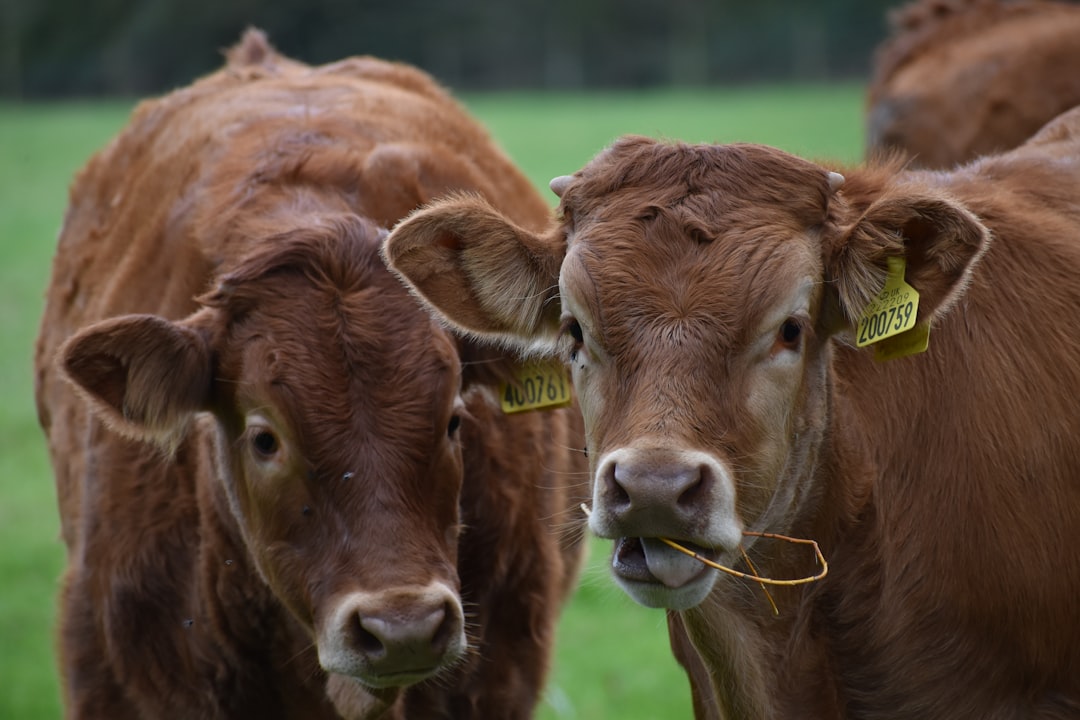Support our educational content for free when you purchase through links on our site. Learn more
Bella in Spanish: 10 Fascinating Facts You Need to Know [2024]
Have you ever wondered how to say “beautiful” in Spanish? Well, you’re in luck! In this article, we’re going to explore the word “bella” and its various meanings and uses in the Spanish language. Whether you’re learning Spanish or just curious about different languages, this article will provide you with all the information you need. So, let’s dive in and discover the beauty of “bella” in Spanish!
Table of Contents
- Quick Answer
- Quick Tips and Facts
- Background
- What Does “Bella” Mean in Spanish?
- How to Use “Bella” in Different Contexts
- Synonyms of “Bella” in Spanish
- Examples of “Bella” in Spanish and English
- FAQ
- Conclusion
- Recommended Links
- Reference Links
Quick Answer
In Spanish, the word “bella” translates to “beautiful” in English. It is a versatile adjective that can be used to describe a woman, a landscape, a poem, or anything else that is aesthetically pleasing. If you’re looking for a way to express beauty in Spanish, “bella” is the perfect word to use.
Shopping Links: CHECK PRICE on Amazon | Shop Walmart | Shop Etsy
Quick Tips and Facts
- “Bella” is the feminine form of the adjective “bello” in Spanish.
- It can be used to describe a woman, a landscape, a poem, or anything else that is beautiful.
- The word “bella” is commonly used in Spanish literature and poetry.
- It is pronounced as “be-ya” in Spanish.
- “Bella” is a popular name for girls in Spanish-speaking countries.
Background
Now that we have a quick overview of what “bella” means in Spanish, let’s delve deeper into its origins and usage. Understanding the background of a word can give us a better appreciation of its nuances and cultural significance.
What Does “Bella” Mean in Spanish?
In Spanish, the word “bella” is an adjective that means “beautiful” in English. It is the feminine form of the adjective “bello.” The word “bella” is used to describe something or someone that is aesthetically pleasing or attractive.
How to Use “Bella” in Different Contexts
The word “bella” can be used in various contexts to describe different things. Here are some common ways to use “bella” in Spanish:
- Describing a Woman: “Ella es una mujer bella” (She is a beautiful woman).
- Describing a Landscape: “El paisaje es muy bello” (The landscape is very beautiful).
- Describing a Poem: “Ese poema es realmente bello” (That poem is truly beautiful).
- Describing an Object: “Tienes una casa muy bella” (You have a very beautiful house).
Remember, when using “bella” to describe a masculine noun, you would use the masculine form “bello” instead.
Synonyms of “Bella” in Spanish
While “bella” is a commonly used word to express beauty in Spanish, there are also other synonyms you can use to add variety to your vocabulary. Here are some synonyms of “bella” in Spanish:
- Hermosa (Beautiful)
- Preciosa (Precious)
- Guapa (Pretty)
- Atractiva (Attractive)
- Encantadora (Charming)
Using these synonyms can help you express beauty in different ways and add depth to your conversations.
Examples of “Bella” in Spanish and English
To further illustrate the usage of “bella” in Spanish, let’s look at some examples in both Spanish and English:
-
Spanish: “Ella es una mujer bella.” (She is a beautiful woman.)
English: “She is a beautiful woman.” -
Spanish: “El paisaje es muy bello.” (The landscape is very beautiful.)
English: “The landscape is very beautiful.” -
Spanish: “Ese poema es realmente bello.” (That poem is truly beautiful.)
English: “That poem is truly beautiful.” -
Spanish: “Tienes una casa muy bella.” (You have a very beautiful house.)
English: “You have a very beautiful house.”
As you can see, “bella” can be used in various contexts to describe different things, adding beauty and elegance to your language.
FAQ
¿Cómo se dice en español Bella?
En español, se dice “bella” para expresar “beautiful” en inglés.
¿Qué significa Bella en inglés?
“Bella” se traduce como “beautiful” en inglés.
¿Por qué significa Bella en español?
“Bella” significa “beautiful” en español debido a su uso como adjetivo para describir algo o alguien que es estéticamente agradable o atractivo.
¿Cómo se escribe qué bella?
“Qué bella” se escribe de la misma manera en español y en inglés. La única diferencia es la pronunciación.
Conclusion
In conclusion, “bella” is a versatile and beautiful word in the Spanish language. It can be used to describe a woman, a landscape, a poem, or anything else that is aesthetically pleasing. Whether you’re learning Spanish or simply appreciating the beauty of language, “bella” is a word that you should add to your vocabulary.
So, the next time you want to express beauty in Spanish, remember to use “bella” and embrace the elegance it brings to your conversations.
Recommended Links:
- Beautiful Lady in Spanish: 20 Different Words to Express Beauty 2024
- Spanish Vocabulary
- Spanish Conversation Practice
- Spanish Language Learning
- Spanish Cultural Insights
Reference Links:
Now that you know the beauty of “bella” in Spanish, why not explore more Spanish vocabulary or practice your conversation skills? Check out our recommended links for further learning and immerse yourself in the richness of the Spanish language. ¡Hasta luego!





